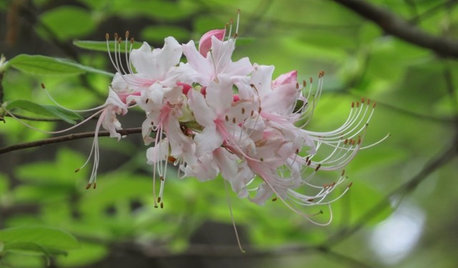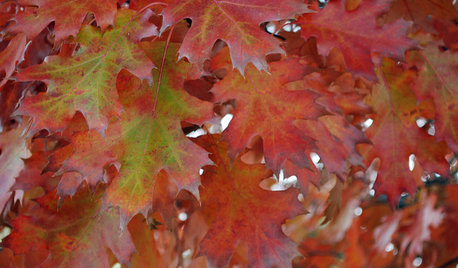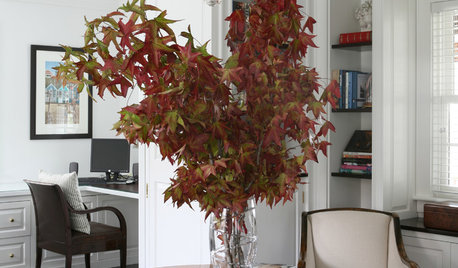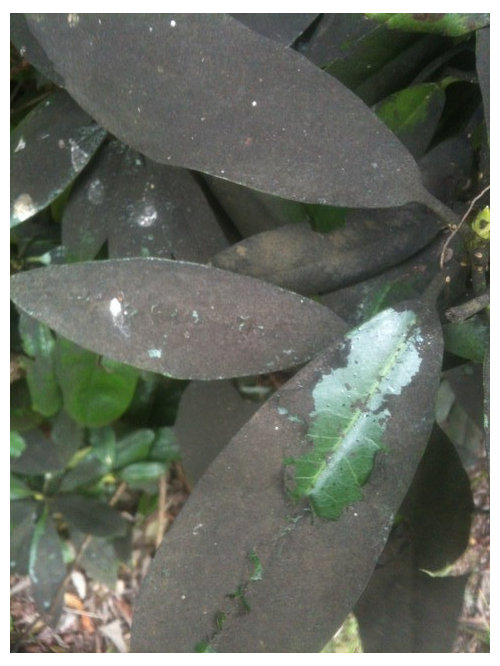Black leaves on rhododendron
rjhoy02
9 years ago
Related Stories

GARDENING GUIDESGreat Design Plant: Rhododendron Canescens
Have a damp, shady spot in your garden that needs a lift? This Southern U.S. native may be the solution
Full Story
GARDENING GUIDESWhat's Wrong With My Plant? Leaves Often Hold the Clues
Learn how to identify common plant ailments by reading their leaves
Full Story
GARDENING GUIDES6 Healthy Ways to Handle Fallen Leaves
Once nature's beautiful bounty is spent, these ecofriendly strategies for leaves will put your yard in the clear
Full Story
FALL GARDENING5 Ways to Put Fall Leaves to Work in Your Garden
Improve your soil and yard the organic way with a valuable garden booster that grows on trees
Full Story
REMODELING GUIDESInterior Brick: Paint it or Leave It?
Here's how to know if covering that brick is a sin or solution
Full Story
LAUNDRY ROOMSRoom of the Day: The Laundry Room No One Wants to Leave
The Hardworking Home: Ocean views, vaulted ceilings and extensive counter and storage space make this hub a joy to work in
Full Story
DECORATING GUIDES9 Easy Ways to Decorate With Autumn Leaves
Give your home a burst of color that can be used Halloween through Thanksgiving
Full Story
FLOWERSRudbeckia Mania: Go Beyond Black-Eyed Susan in the Garden
Branch out from typical nursery fare, with lesser-known Rudbeckia species that have delightfully unexpected features
Full Story
GARDENING GUIDESPlant Black Cherry Trees for the Birds and Bees
Plant Prunus serotina in the Central and Eastern U.S. for spring flowers, interesting bark and beautiful fall color
Full Story
BLACKTwo Sides to Black and White Art
Graphic and bold or subtle and sophisticated? A mother and daughter share their picks on both ends of the spectrum
Full Story






rhizo_1 (North AL) zone 7
rjhoy02Original Author
Related Professionals
Cottonwood Landscape Architects & Landscape Designers · Taylorsville Landscape Architects & Landscape Designers · Brandon Landscape Contractors · Chattanooga Landscape Contractors · Cornelius Landscape Contractors · Golden Gate Landscape Contractors · Lake Saint Louis Landscape Contractors · Nutley Landscape Contractors · Santa Ana Landscape Contractors · Shaker Heights Landscape Contractors · Sun City Center Landscape Contractors · Wickliffe Landscape Contractors · York Landscape Contractors · Chicago Ridge Landscape Contractors · Oxon Hill Landscape ContractorsHU-253922305
luis_pr